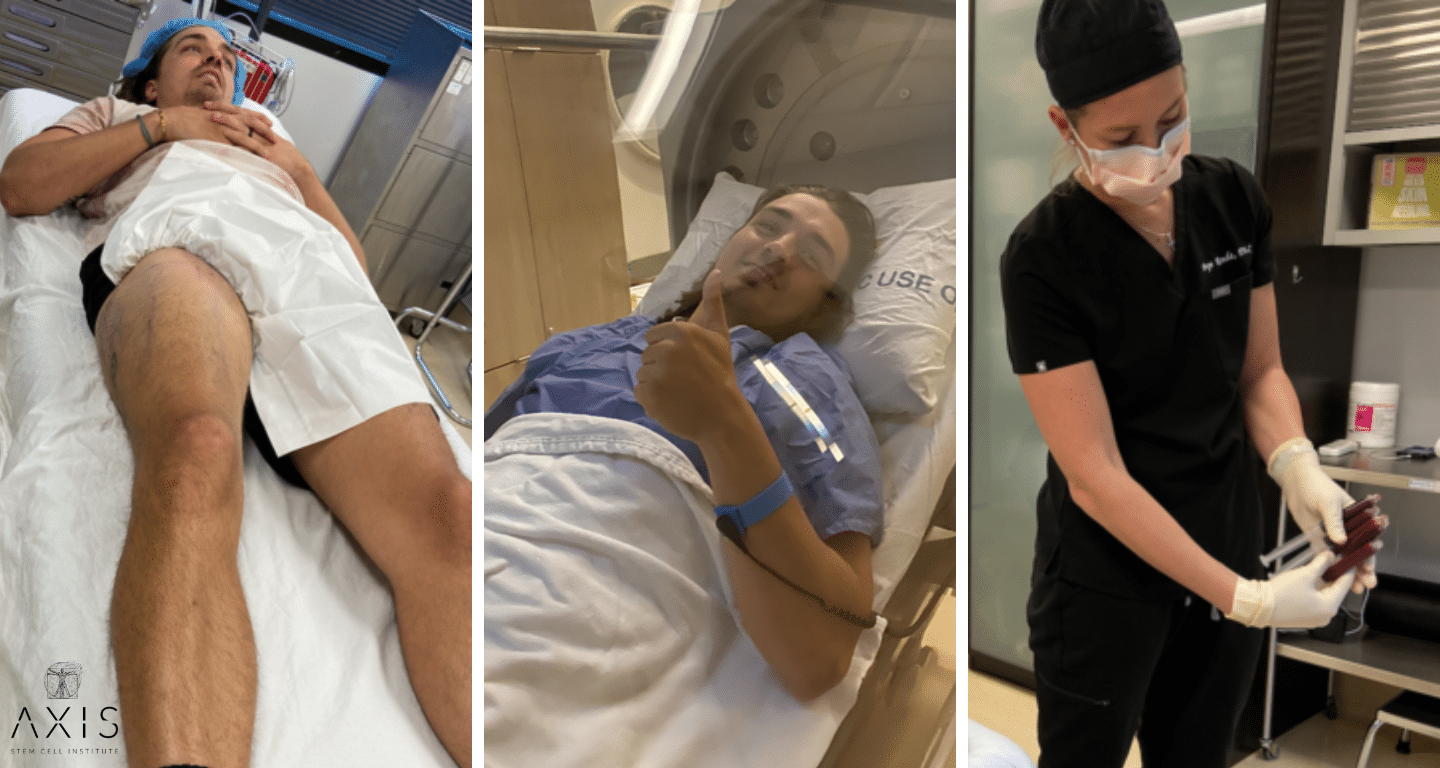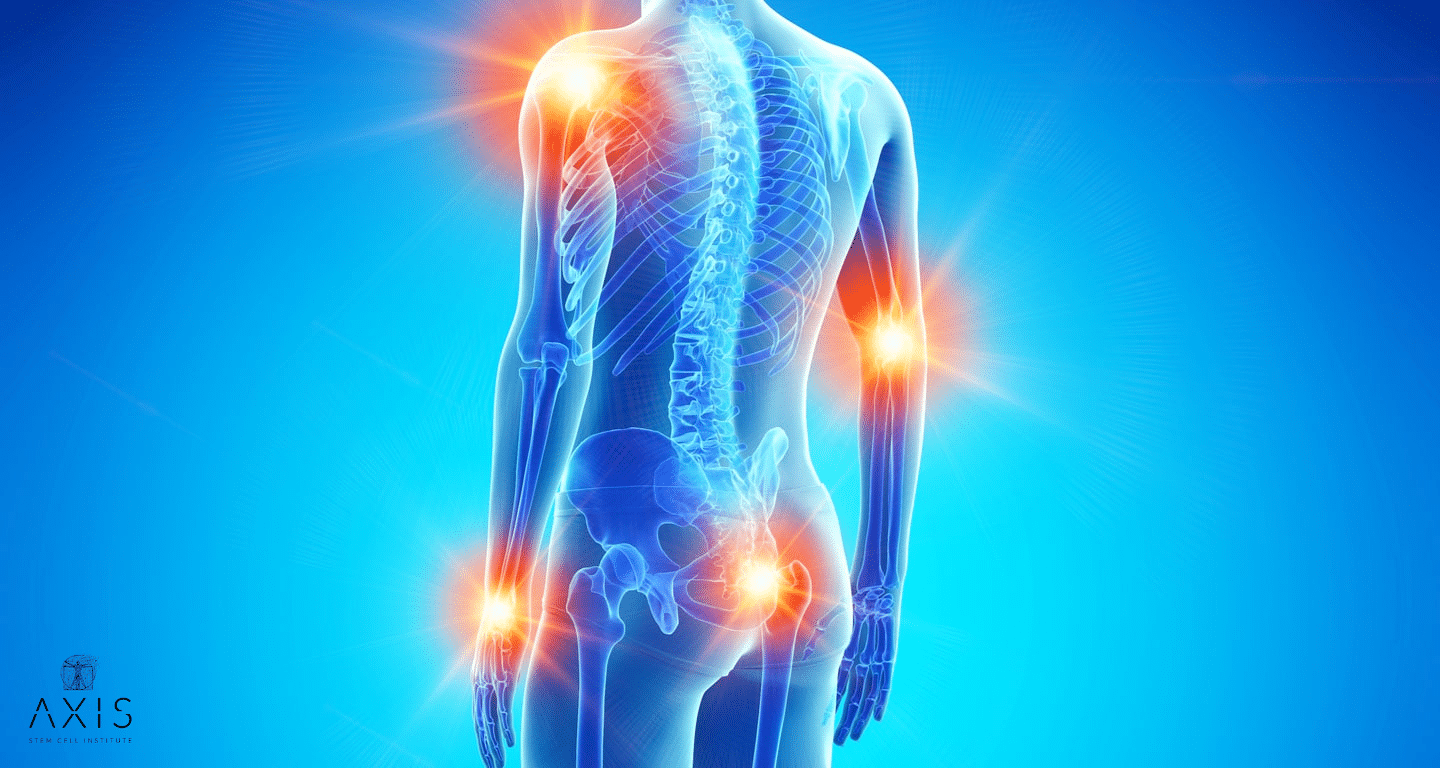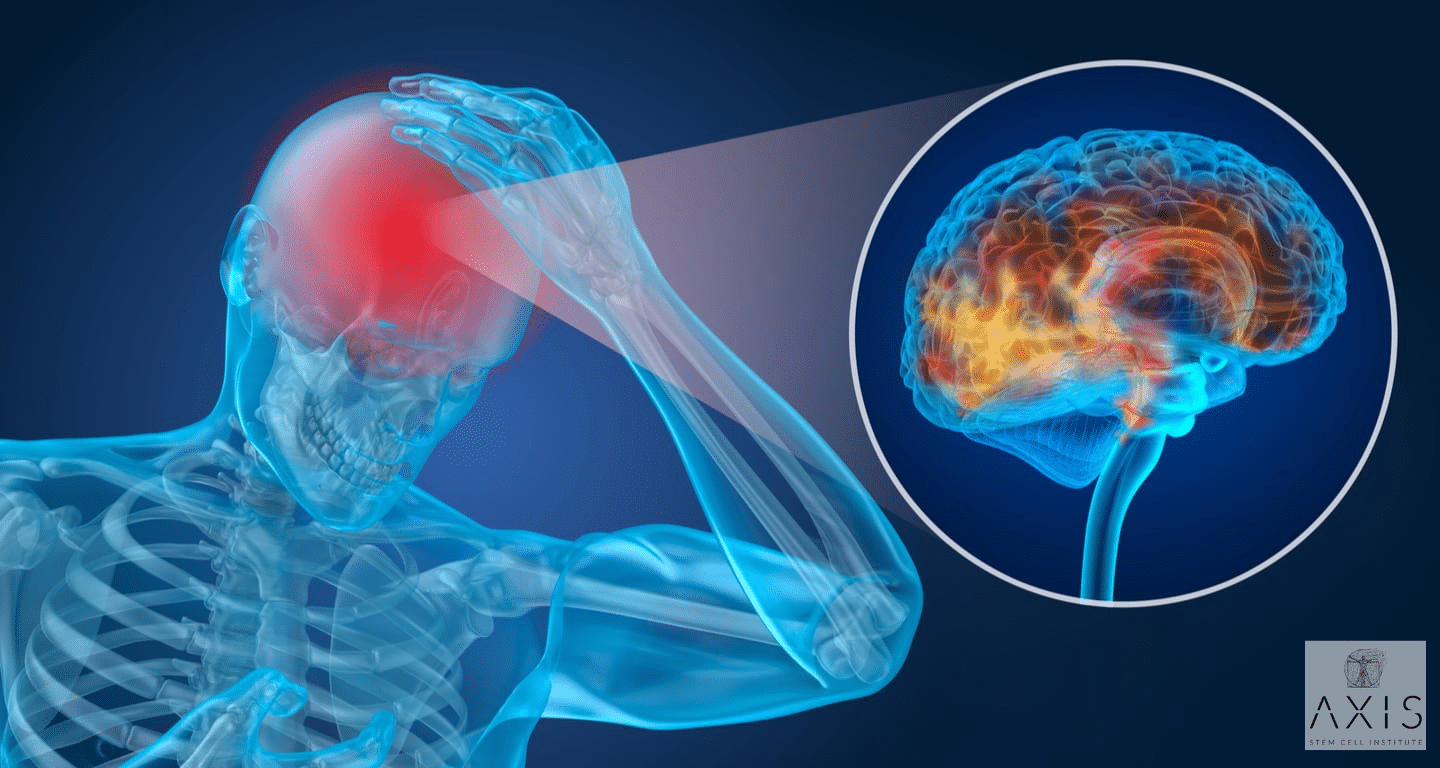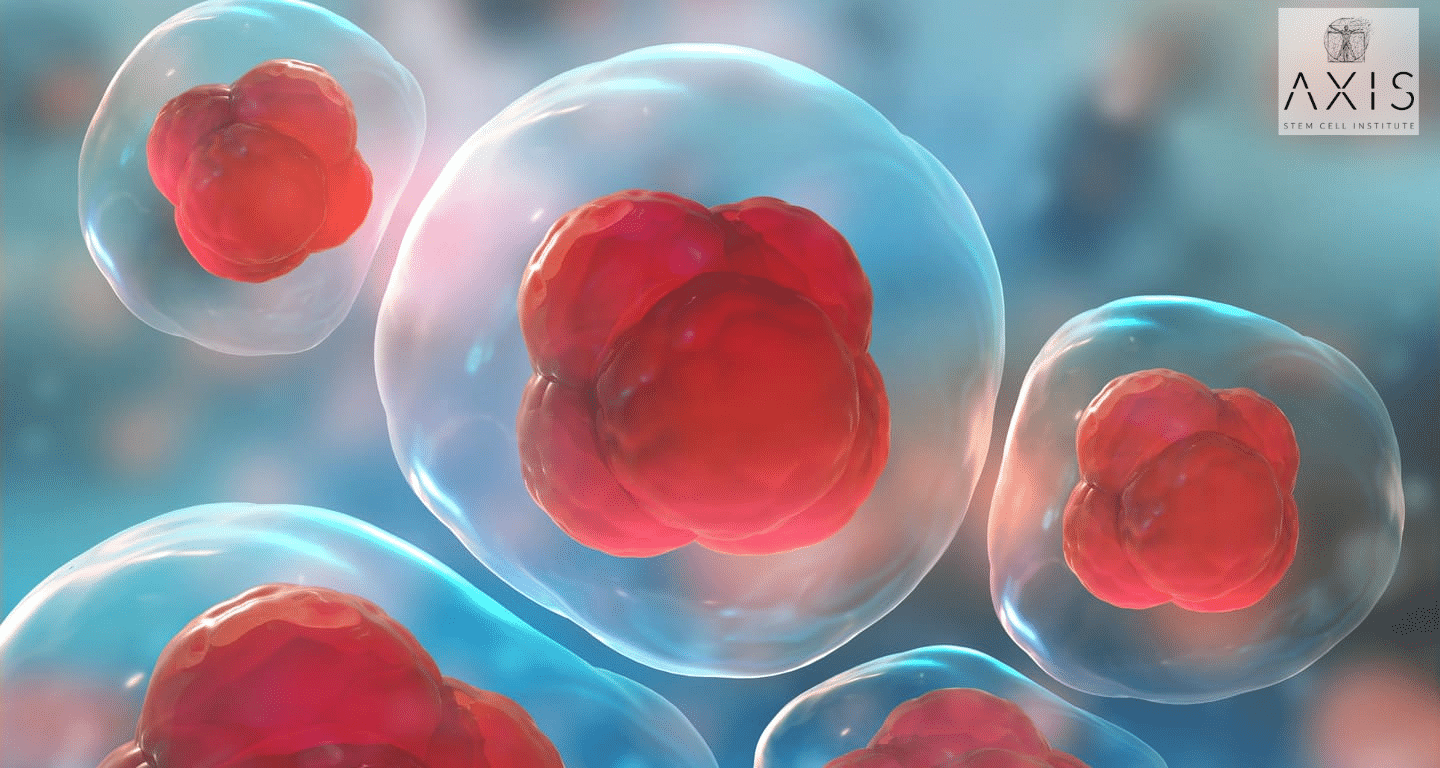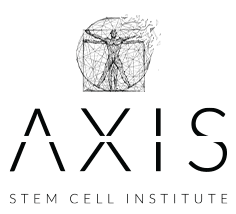Dean Unglert, a former “Bachelorette” and “Bachelor in Paradise” contestant and travel enthusiast, recently visited Axis Stem Cell Institute for stem cell and exosome therapy after a serious skiing accident in Switzerland. After a femoral fracture-dislocation, surgery to repair the damage, and five days spent in the hospital, Dean embarked on a lengthy recovery and began looking at options for regenerative medicine and ways to improve the healing process after a traumatic injury. AXIS founder and provider Bryn Renda states “ we are pleased to have partnered with Dean and provide the best in stem cell therapies for a smooth and successful recovery process for him .”
Sports Injuries and How Stem Cells Can Help
For patients who experience traumatic injuries and require surgery, stem cells can be an important part of the recovery process. In Dean’s case, a femoral fracture-dislocation resulted in two separate parts of the femoral bone that needed to be brought back together with surgery. Bone marrow-derived stem cells combined with exosomes can be an effective way to create a more complete tissue repair and shortened healing time. In some cases, if recovery doesn’t go as planned, the healing process can result in tissue that doesn’t regenerate or heal completely, causing concerns like arthritis or pain. For Dean’s active lifestyle, stem cell therapy was an integral piece to his therapy plan in making sure he could get back to his active lifestyle.
What Was Treatment Like?
For Dean’s fracture, bone marrow-derived stem cells were injected into the bone to promote healing of the two broken parts that had been internally fixated in surgery. Cells were also injected into the joint
capsule to heal torn cartilage and prevent arthritis, and around the connective tissues of the hip that suffered damage during the dislocation injury. Overall, this promoted regeneration of the cartilage,
bone, and surrounding tissues with the help of exosomes which can help modulate inflammation and stimulate stem cell activity. This process can be helpful for both acute sports injuries and chronic degenerative conditions. Axis Stem Cell Institute specializes in both sports medicine and orthopedic conditions, commonly treating many joints including knees, shoulders, and hips.
What’s the Timeline for Sports Injury Treatments?
When it comes to injuries, it’s important to know that the quicker the injury is addressed and repaired with stem cell therapy, the better results you’ll see. In many cases, stem cells can be used to treat pain from injuries and reduce the need for surgery or medication, so it’s important to opt for stem cell therapy before opting for surgery. However, if surgery is necessary, stem cells can be used both before and after your operation to boost healing and reduce downtime. In Dean’s case, it was roughly six months between surgery and a sky diving trip to celebrate, which is tremendous. Read more about his experience with our team on his blog.
Schedule an Appointment
At Axis Stem Cell Institute, we’re excited to partner with you and help you get back the lifestyle that fits you best. To meet with our team and learn more about your options with regenerative medicine, we invite you to contact our office by calling or filling out our online form.
